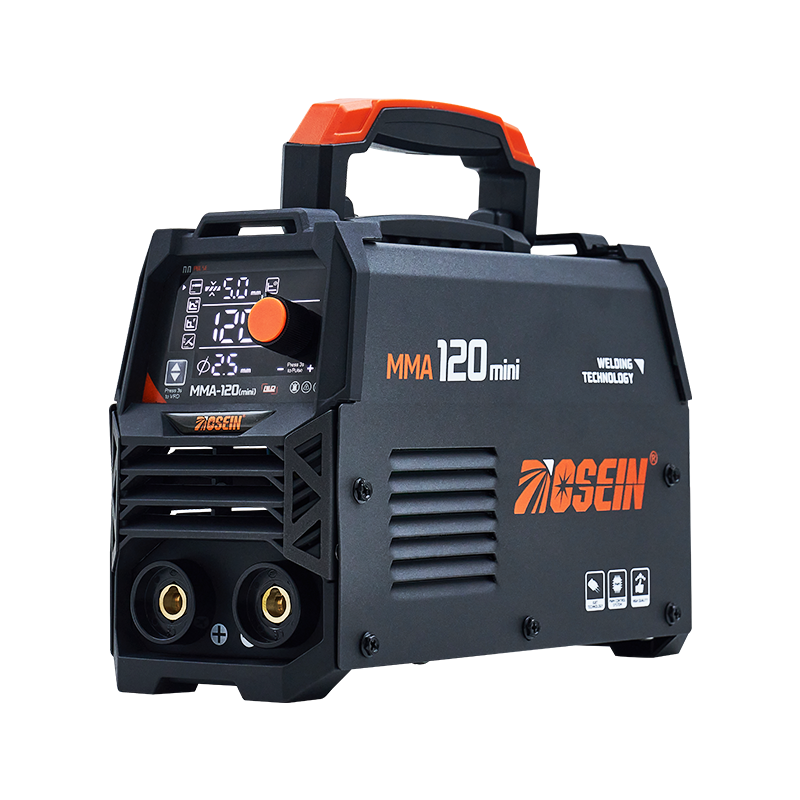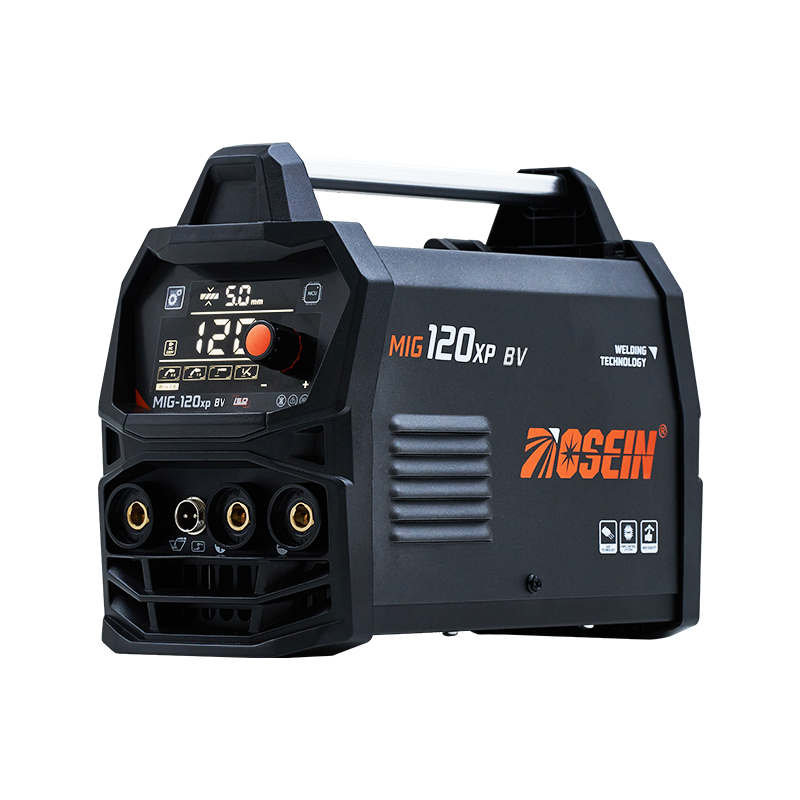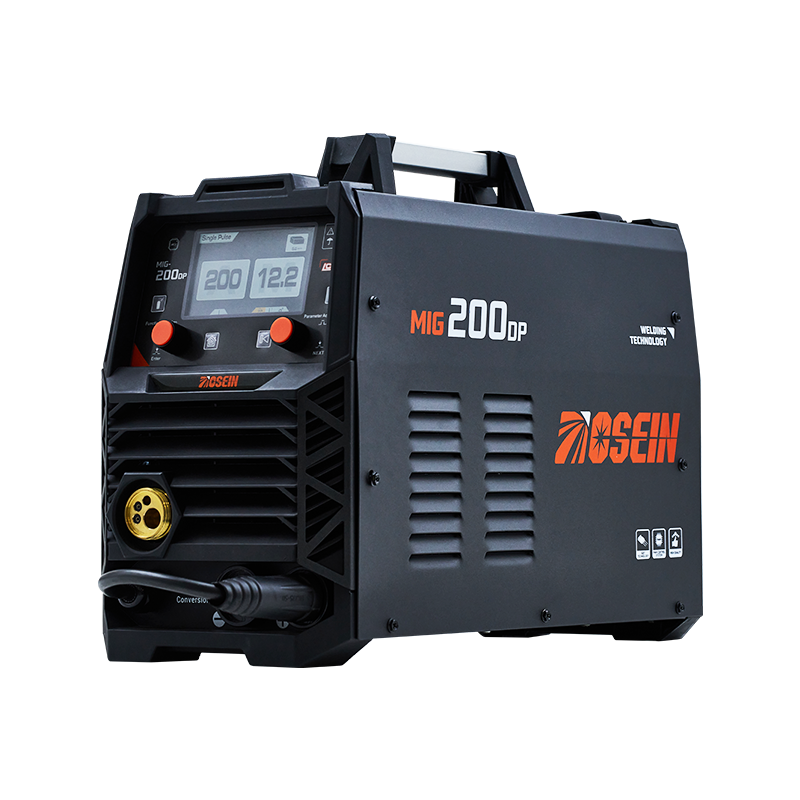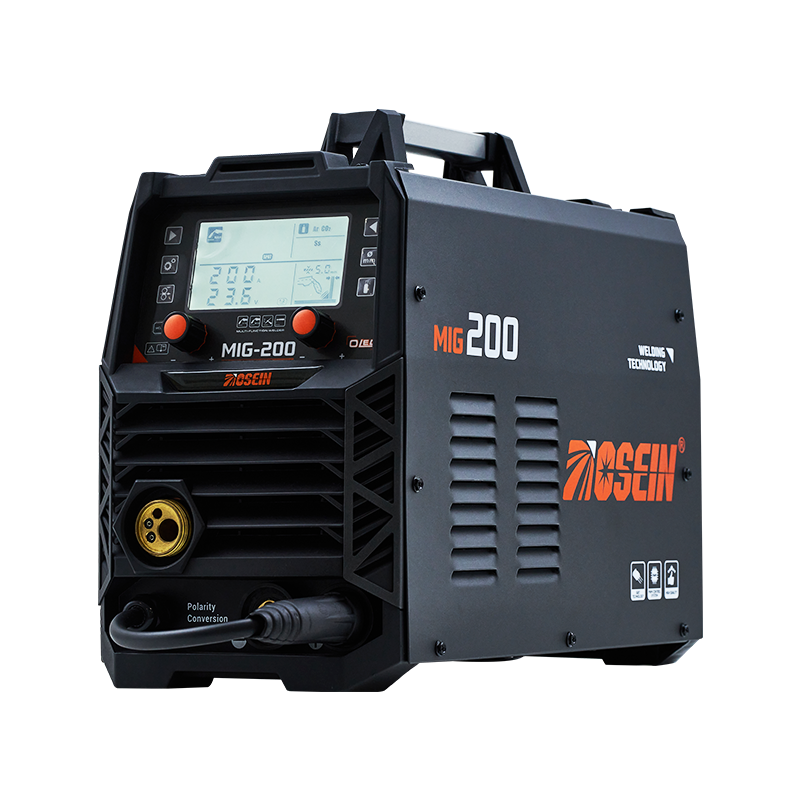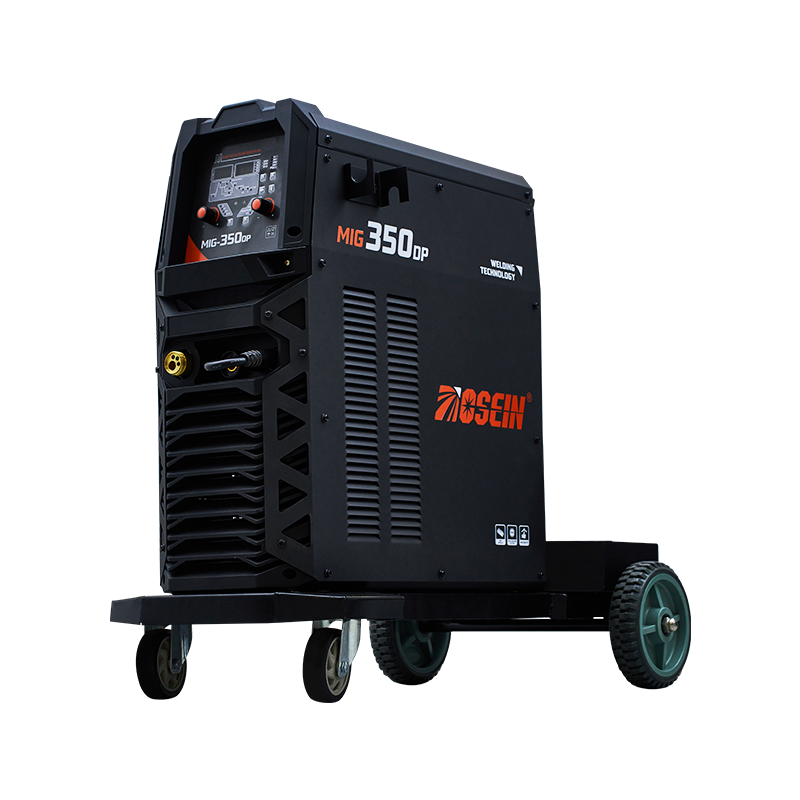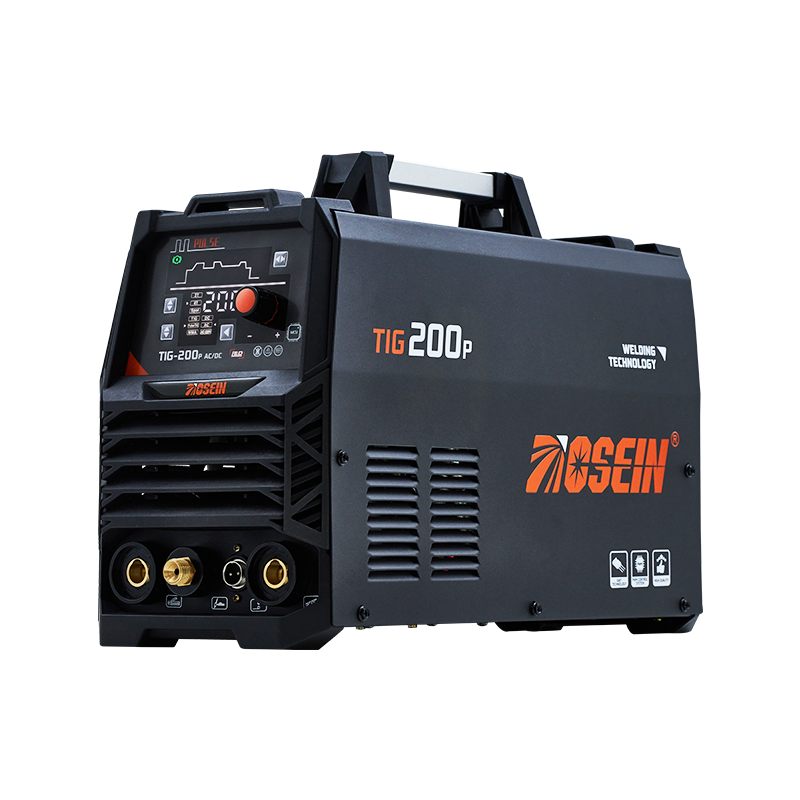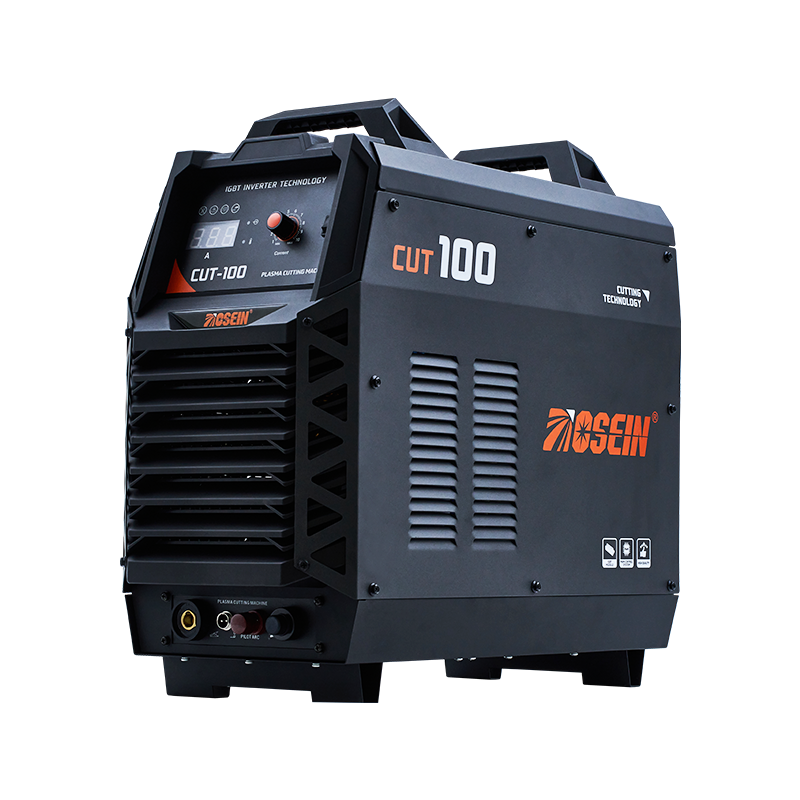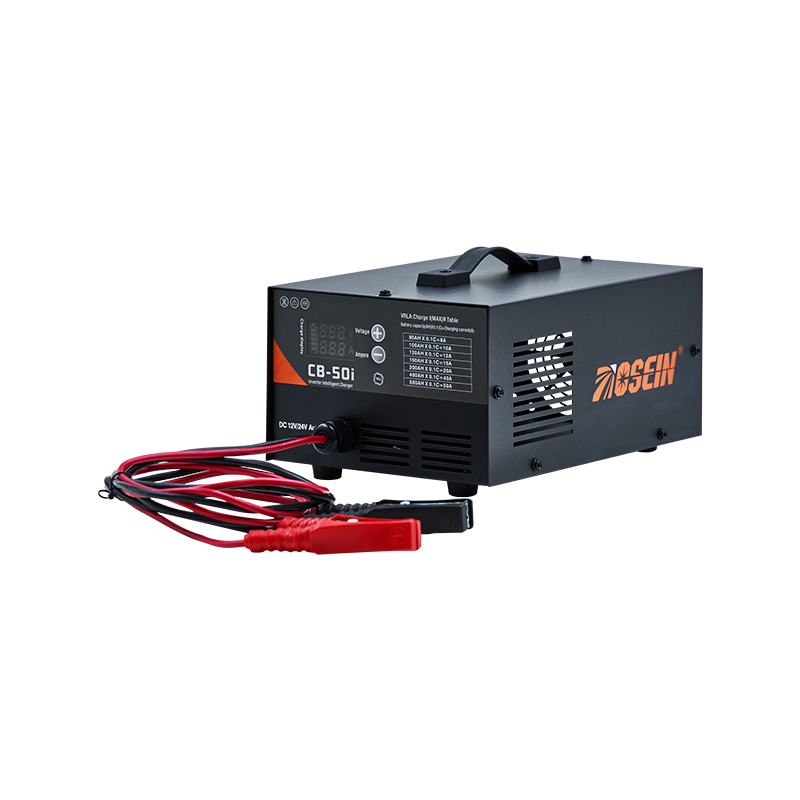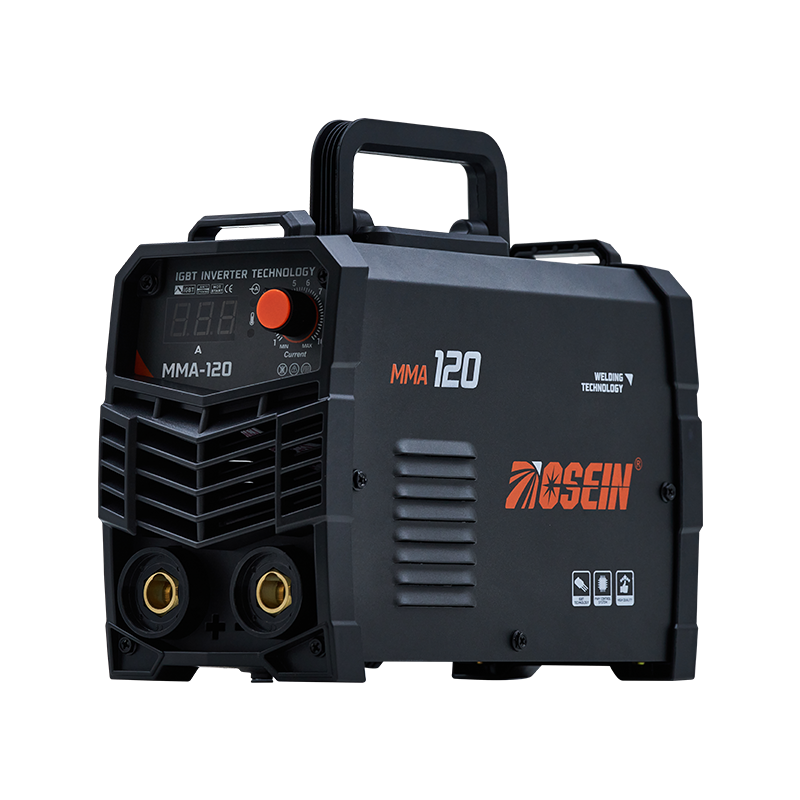
Welding technology has advanced considerably over the past decades, providing industrial and hobbyist operators with a range of options. Among these, gas-powered wire welders and gasless MIG systems are two common solutions, each with its distinct advantages and challenges.
Understanding Gas-Powered Wire Welders
Gas-powered wire welders, sometimes referred to as gas wire welders, rely on an external shielding gas—commonly argon or a mix of argon and carbon dioxide—to protect the weld from contamination. This shielding gas prevents oxidation and allows for smoother, cleaner welds, especially on metals like steel and aluminum.
The main advantage of gas-powered wire welders is the quality and consistency of the weld. Operators often notice less spatter and a more uniform bead, which reduces the need for post-weld cleanup. These machines are particularly useful in environments where precision and aesthetics matter, such as automotive bodywork or metal fabrication for visible structures.
Gasless MIG Welders and Their Benefits
On the other hand, inverter gasless MIG welders are designed to operate without external shielding gas. Instead, they use flux-cored wire, which produces its own protective slag during welding. This setup simplifies operation and makes the equipment more portable, as there is no need to carry heavy gas cylinders.
Gasless MIG systems are particularly advantageous in outdoor or windy conditions where shielding gas could be easily dispersed, leading to weld defects. These machines tend to be easier to set up and maintain, making them a popular choice for construction sites and fieldwork.
Comparing Efficiency and Usability
When it comes to efficiency, both types of welders have trade-offs. Gas-powered wire welders typically offer smoother welds and better control over penetration and heat, which can reduce rework. However, they require careful handling of gas cylinders and regulators, which adds preparation time.
In contrast, gasless MIG welders allow for faster deployment and fewer consumables, but weld quality may be slightly less consistent, especially on thin materials or in applications demanding a very clean finish. The inverter technology in gasless MIG welders improves arc stability and energy efficiency, helping to reduce power consumption and operator fatigue over long sessions.
Application Considerations
Choosing between a gas-powered wire welder and a gasless MIG system depends on the project environment and material requirements. Gas-powered wire welders are preferred for indoor workshops or controlled environments where shielding gas can be reliably used. Meanwhile, inverter gasless MIG welders excel in outdoor applications, repair work, or situations where portability is important.
Maintenance also differs. Gas-powered machines need regular checks of gas lines and flow regulators, while gasless welders focus more on wire feeding and tip condition. Understanding these differences ensures that operators select equipment that balances quality, efficiency, and convenience.
Both gas-powered wire welders and gasless MIG systems have their roles in industrial and field applications. Gas-powered welders provide cleaner, more controlled welds, making them suitable for projects where finish and precision matter. Inverter gasless MIG welders, on the other hand, offer portability and ease of use, especially in challenging environments where gas shielding is impractical. Selecting the right welder involves evaluating material types, working conditions, and the desired balance between speed and weld quality.
